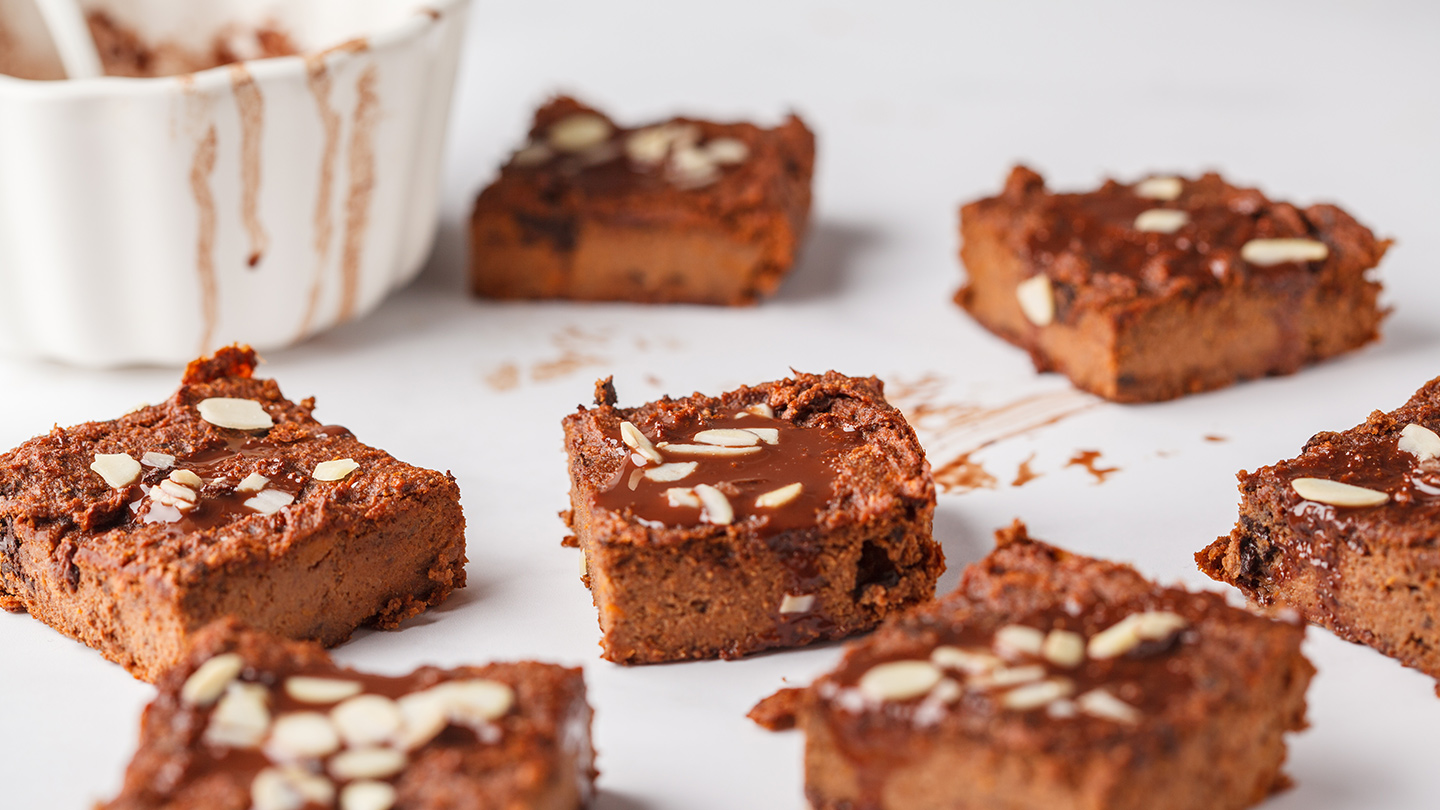Nutrition
Mango Pickle with Jaggery
When relished in limited quantities, mango pickle has many health benefits like improving digestive health, providing vitamin C, and generating healthy gut-flora. Here's all you need to know about raw mangoes and a delicious recipe—straight from grandma's kitchen.
What’s the first thing that comes to your mind when you see unripe/raw mangoes? Lip-smacking avakaya pickle or kaachi keri lathered with salt and chilli. Both might taste great, but pickles/pachadi is my favorite. Pickles have been in Indian cuisine for as long as we can remember. Talking about pickles, my grandmother has her very own recipe which she calls Theeyati Aava – Avakaya Pachadi – mango pickle with my grandmother’s secret ingredient, which binds all the flavors together! Scroll down and find out how to make my family’s avakaya pachadi and get to know more about raw mangoes!
Raw mangoes can be stored up to five to seven days, and can be fermented in vinegar or used in pickles, snacks and salads. Pickling or fermenting mangoes is one of the best ways to get the most nutrition. Here are some of the health benefits of this power-packed fruit.
1. Preserves the nutrition and fibre content
Since there isn’t direct heat applied, most of the nutritious content is preserved. In fermented pickles healthy bacteria help to break down the hard-to-digest cellulose in foods. Some natural sugar is also broken down. This assists in keeping fermented food safe and less likely to spoil (salt helps in preservation). It also helps in the increase of good bacteria in your gut.
2. Packed with immunity-boosting ingredients
Ginger is a great anti-inflammatory and garlic builds good immunity. Fenugreek powder helps in stabilizing the insulin in the body.
3. Stimulates the digestive process
Oil-based achars ingredients have multiple health benefits. Mustard, a usual medium for pachadi, aids in digestion. The pungent nature of mustard balances out the sourness from the mango and enhances the flavor.
4. Generates healthy bacteria.
Pickling is one of the most traditional ways to ferment veggies and eat them throughout the year. This preservation is done with fresh ingredients like mustard, peanut oil and spices in the right proportion. It's super healthy for the gut, as the fermentation process generates healthy gut bacteria that reboots your gut.
Why should you enjoy pickles in moderation?
While it’s always good to know our favorite foods are good for us too, remember that pickles are also super-high in sodium. If you have diabetes, heart issues or have suffered from stroke or hypertension, avoid regular use of pickles or achar. Additional salt intake through consuming excessive achar may aggravate your health further. Consuming achar like a curry can disrupt your digestive system. If not eaten in moderation, it can cause bloating, water retention, high blood pressure and other health concerns. One teaspoon a day should be your maximum intake. Consult our certified and trusted nutritionists to know more.
Nutritional Values Of Raw Mangoes VS Ripe Mangoes (per 100 gm)
| Raw Mangoes (per 100 gm) | Ripe Mangoes (per 100 gm) |
|---|---|
| Calories = 60 Kcal | Calories = 72 Kcal |
| Carbs = 14.9 g | Carbs = 17.6 g |
| Vitamin C = 36.4 mg | Vitamin C =30 mg |
| Potassium = 168 mg | Potassium = 161 mg |
Source: USDA.gov
Mango Pickle with Jaggery — Theeyati Aava Avakaya Pachadi
 12
12
serves 105
105
K calories 35
35
minutes 6/10
6/10
simplicity
Easy Steps
01Start by cutting the mangoes in half and make two more halves of each piece, until all the mangoes are square like.
02In a large bowl, add one litre of oil and let it boil.
03When it's warm add cumin powder, fenugreek powder ginger and garlic paste and mix well. The warm oil helps to enhance the flavour of the spices. You can either use your hands or a hand blender to mix the ingredients.
04After mixing the ingredients, add turmeric and mustard powder and mix well.
- Unripe mangoes: 10
- Groundnut oil: 1 litre
- Cumin powder: 50 g
- Fenugreek powder: 20 g
- Ginger paste: 100 g
- Garlic paste: 100 g
- Turmeric powder: 1 tbsp
- Mustard powder: 500 g
- Salt: 500 g
- Red chilli powder: 500 g
- Chickpea: 50 g
- Garlic cloves: 100 g
- Jaggery: 500 g
Add salt, and red chilli powder and blend everything together.
06Add the chickpeas, remaining cumin powder and garlic and mix well.
07Now, coat the mangoes in oil, use your hands, and wear gloves to mix the mangoes into the pachadi masala until the cut mango pieces are fully coated.
08Lastly, my grandmother’s secret ingredient—jaggery mixed with oil—also goes in the pachadi. Transfer the pachadi into an achar jar. This is based on how sweet you like your pachadi. I used half the quantity recommended.

Nutritive Value
- Carbohydrates: 5.3g
- Protein: 0.75g
- Fat: 6.9g
- Fibre: 1.7g
Note: Cover the lid with a cloth and securely tie it. Let the pachadi rest for three days, add oil, chilli powder, salt etc. if needed and check the taste.
EXPLORE MORE
Bright, tangy, and naturally refreshing, this orange chutney offers a burst of citrusy sweetness with a gentle hint of spice. It’s the perfect accompaniment to elevate daily meals with freshness and depth.
Fudgy, rich, and naturally nutrient-packed, these sweet potato brownies offer deep chocolate flavour with wholesome ingredients that nourish as much as they satisfy.
Bright, earthy, and naturally prebiotic-rich, this beetroot salad is a refreshing gut-friendly bowl that supports digestion, boosts good bacteria, and adds colour to your everyday meals.
Rustic, bright, and full of fire-roasted flavour, this simple Bihari-style chokha turns everyday tomatoes into a smoky, tangy, comforting side that lifts everything, from litti to dal-chawal.






.jpg)

.jpg)
.jpg)
